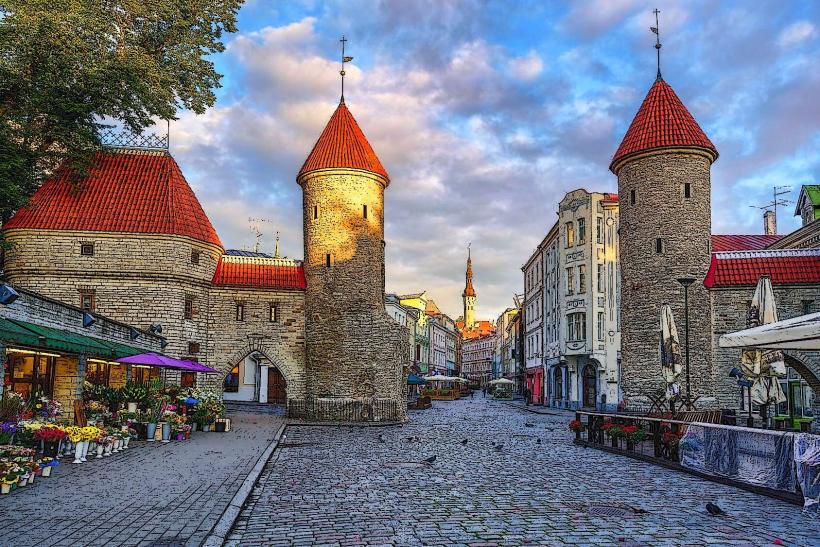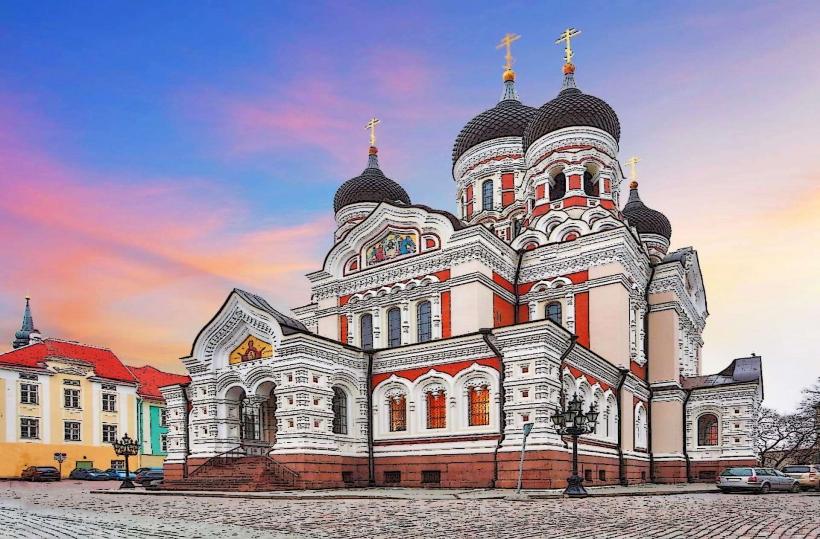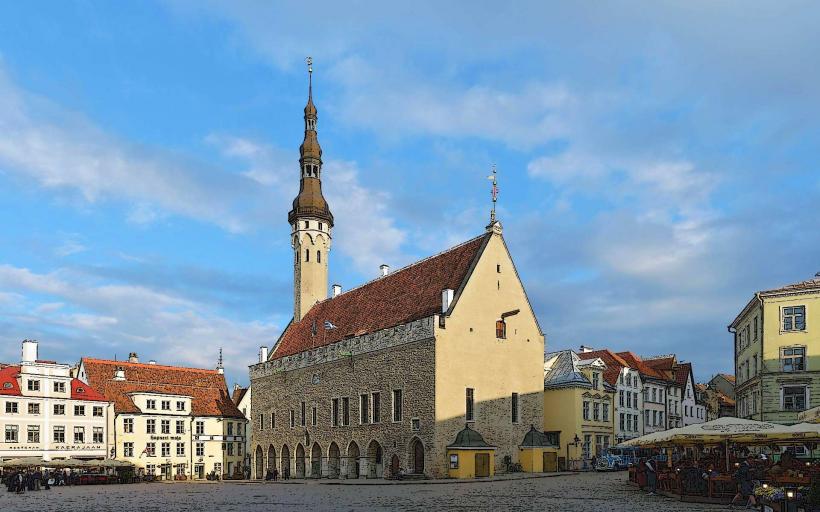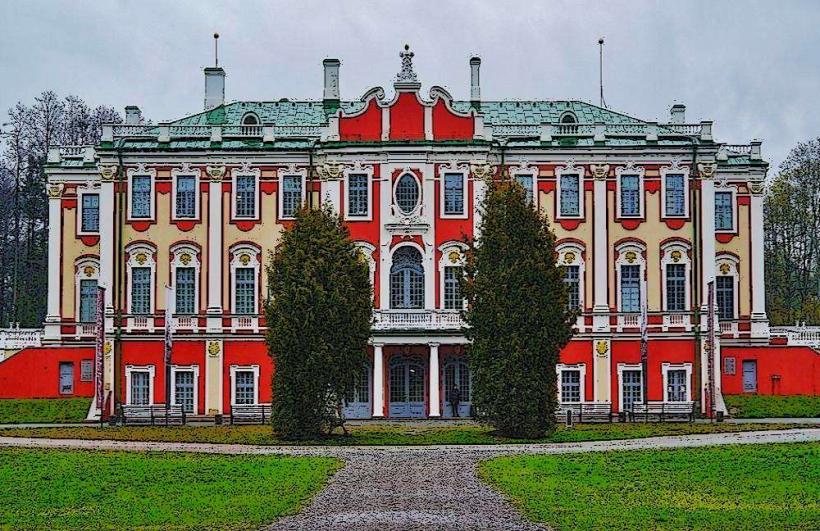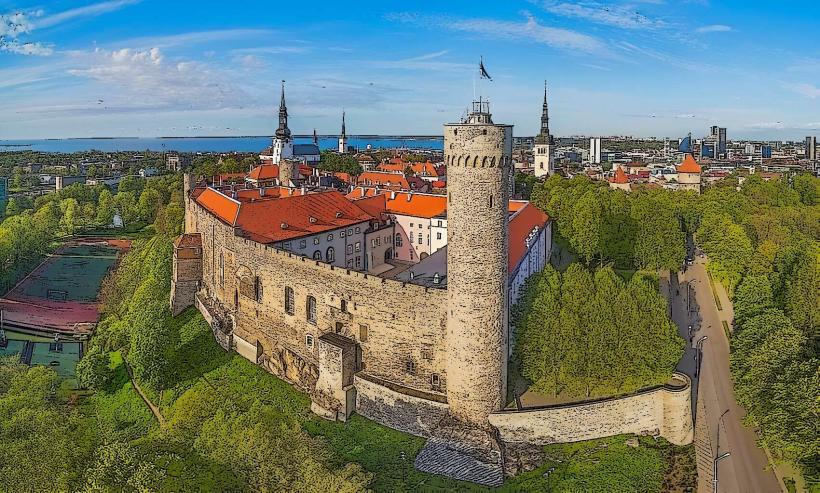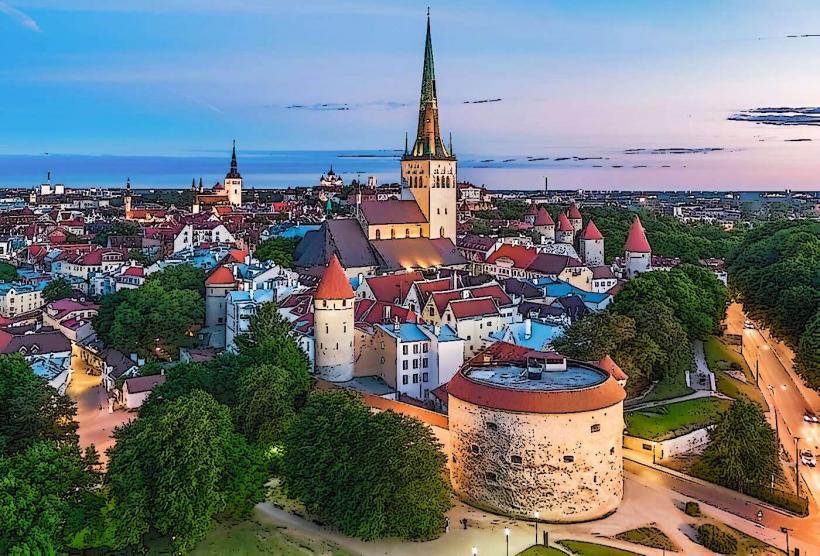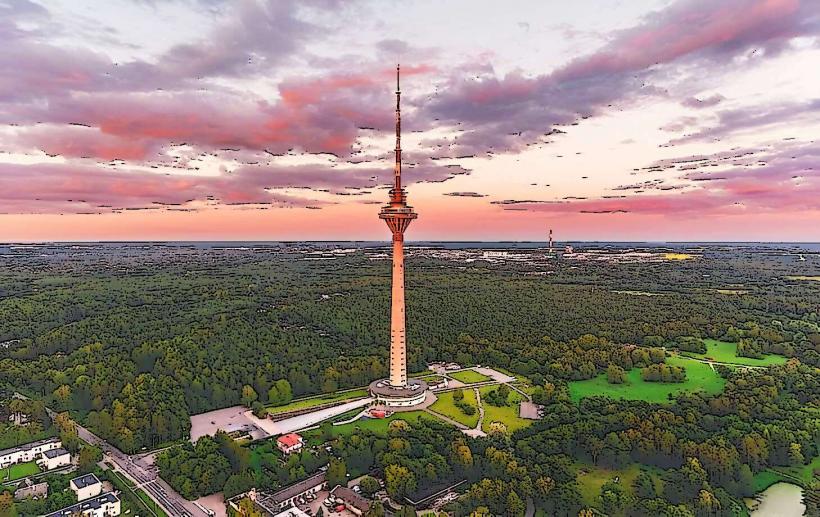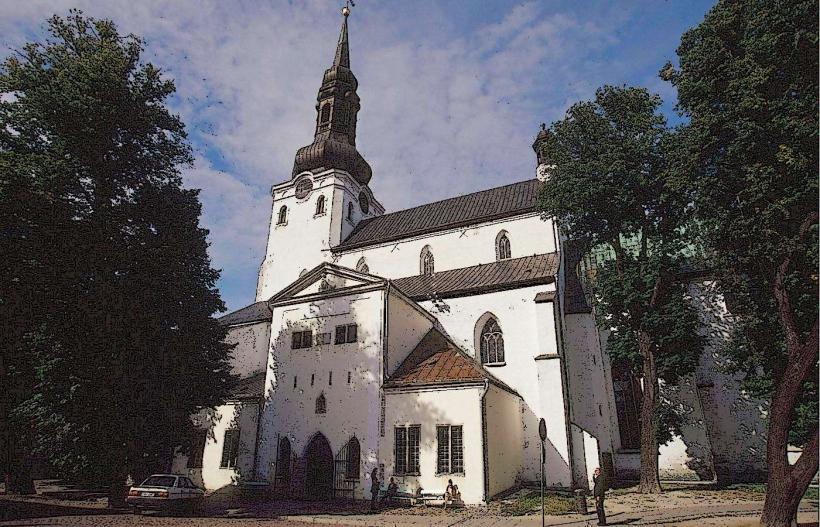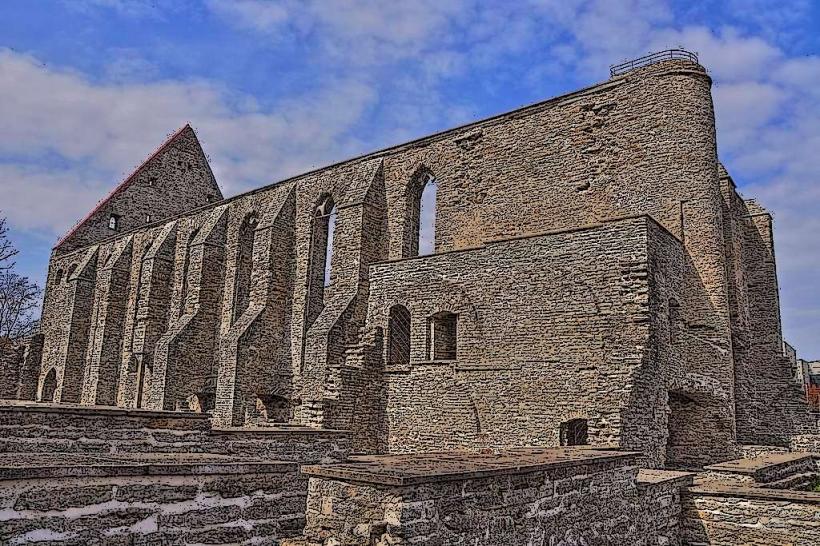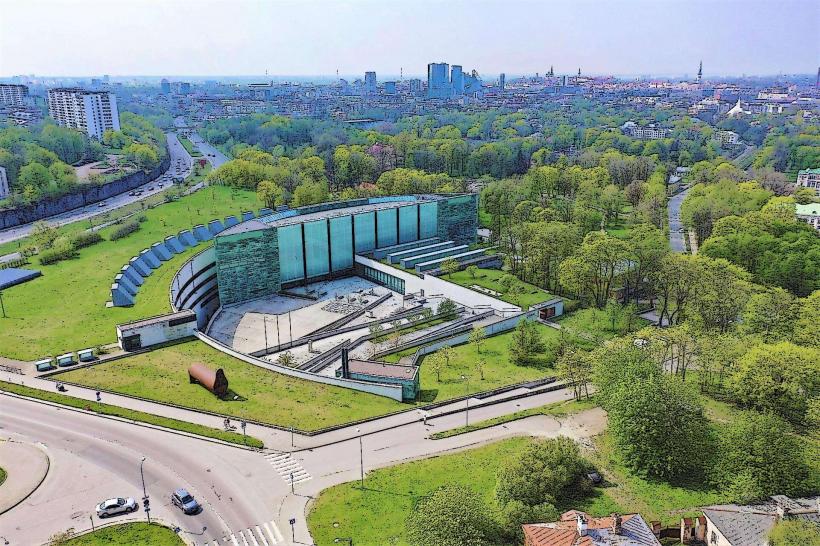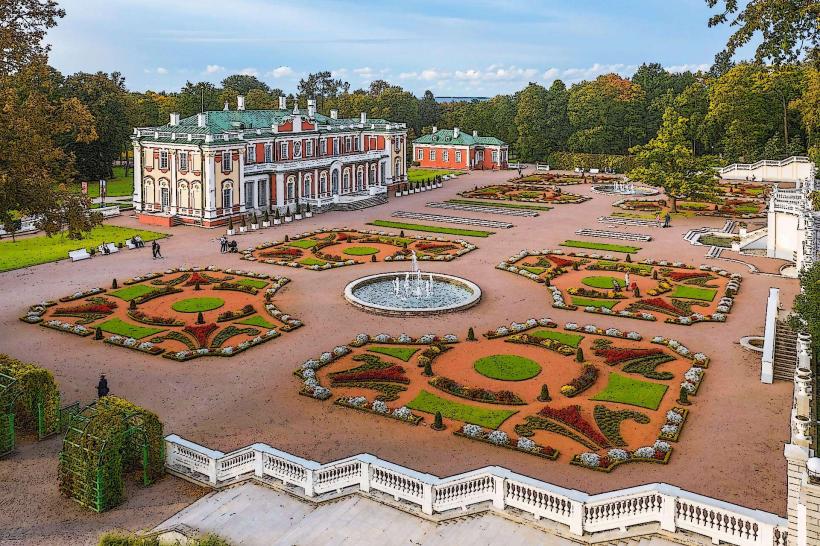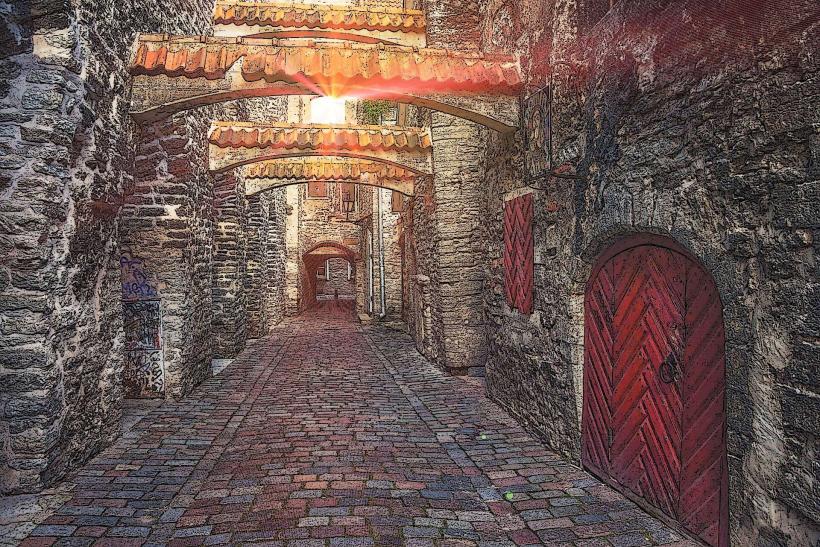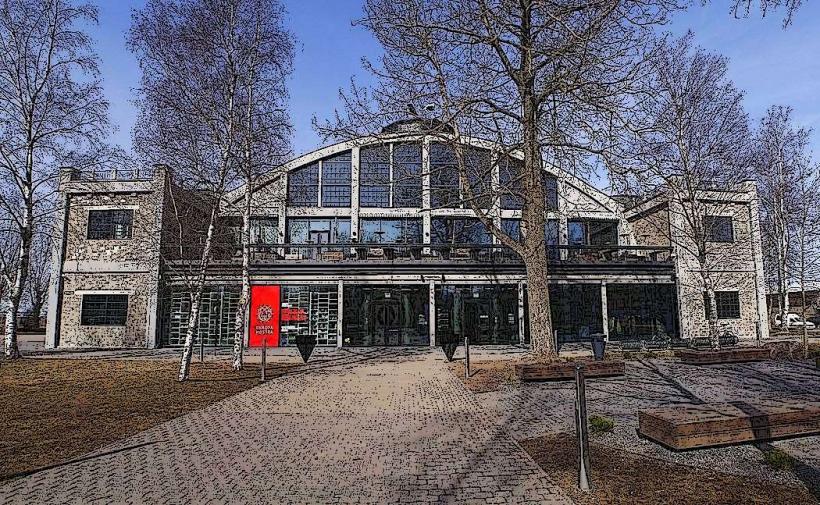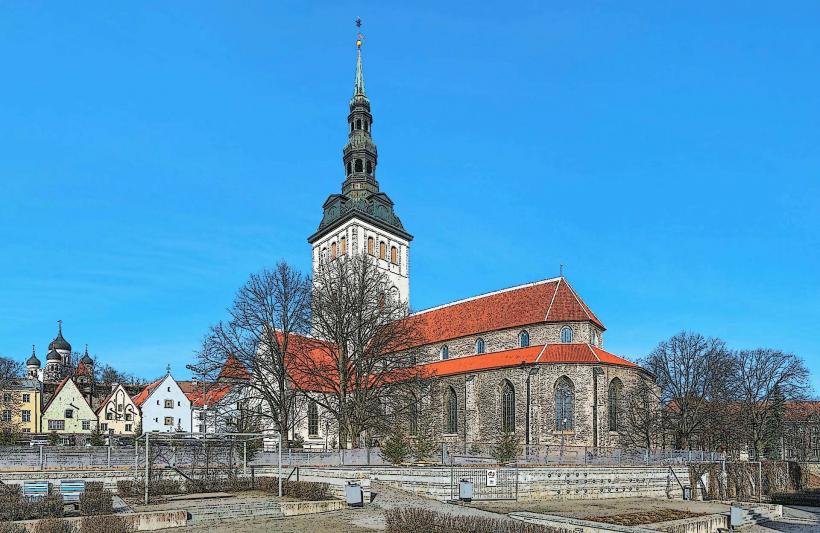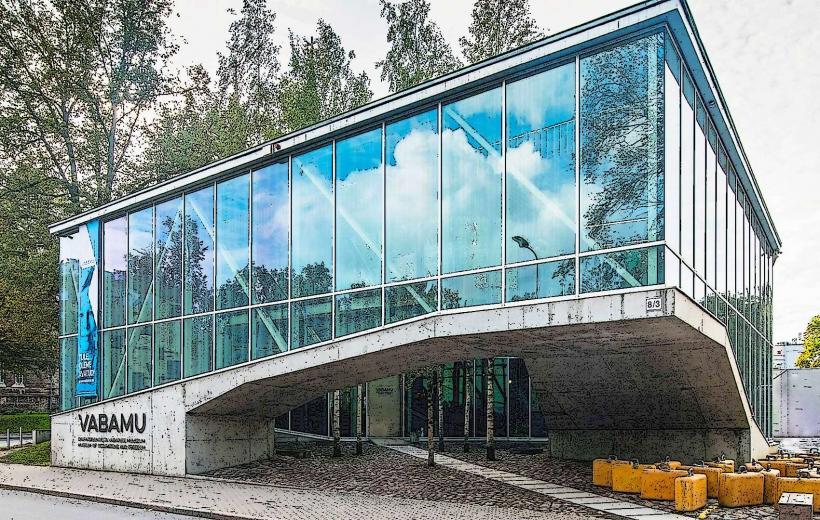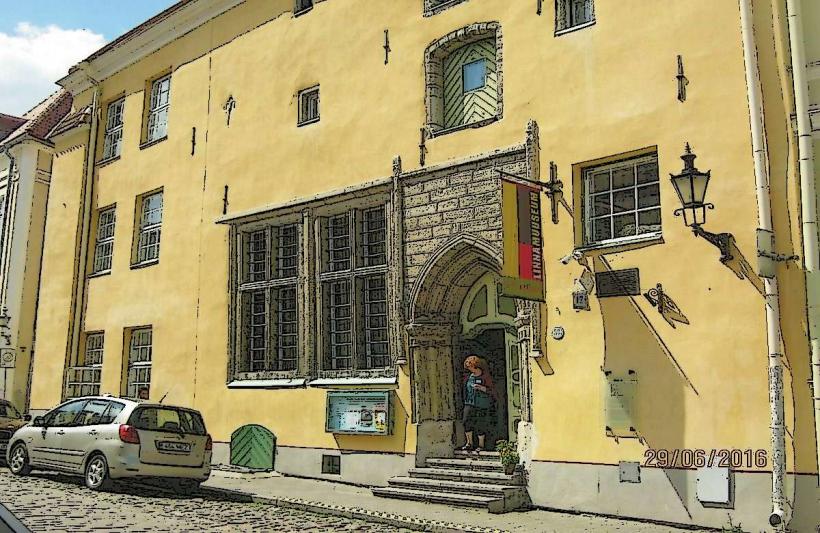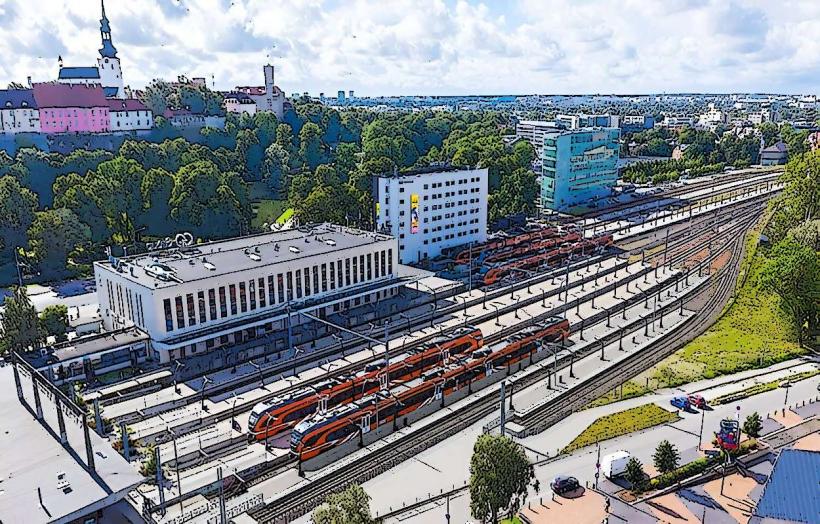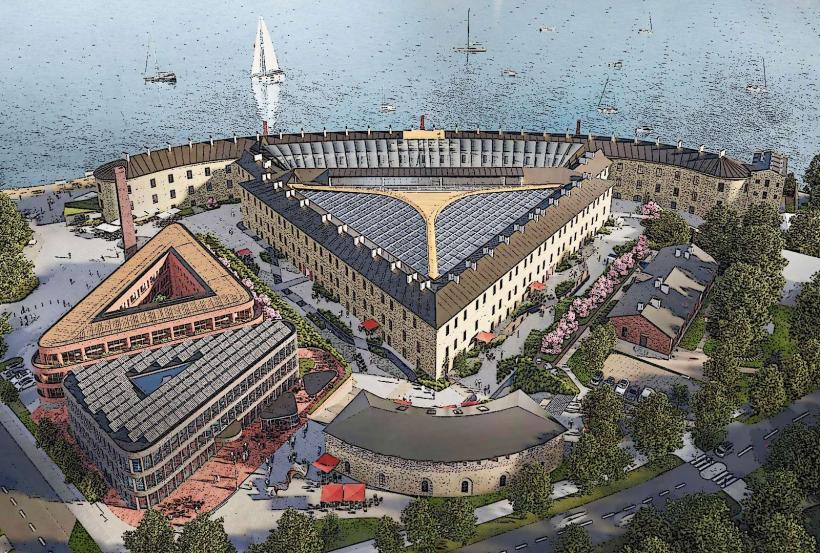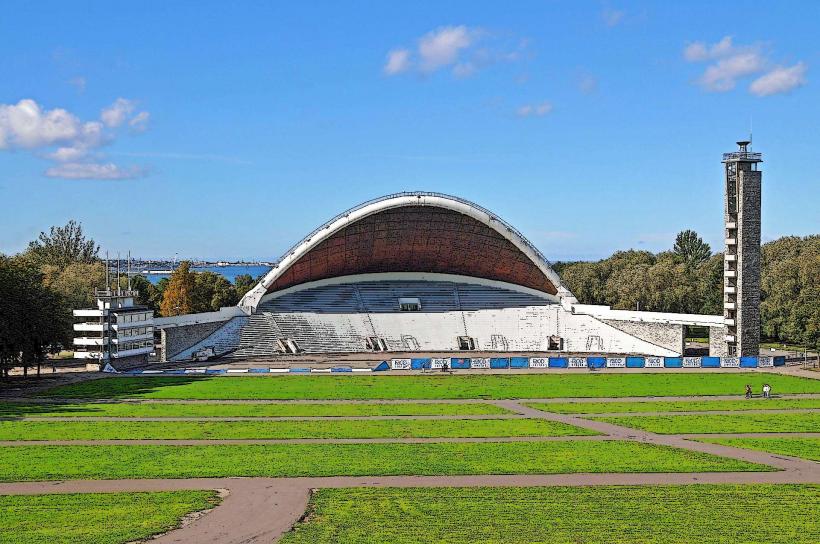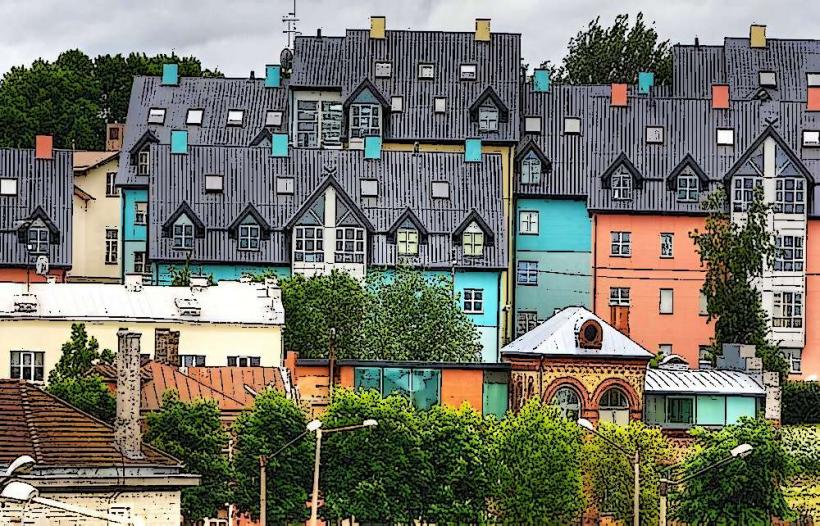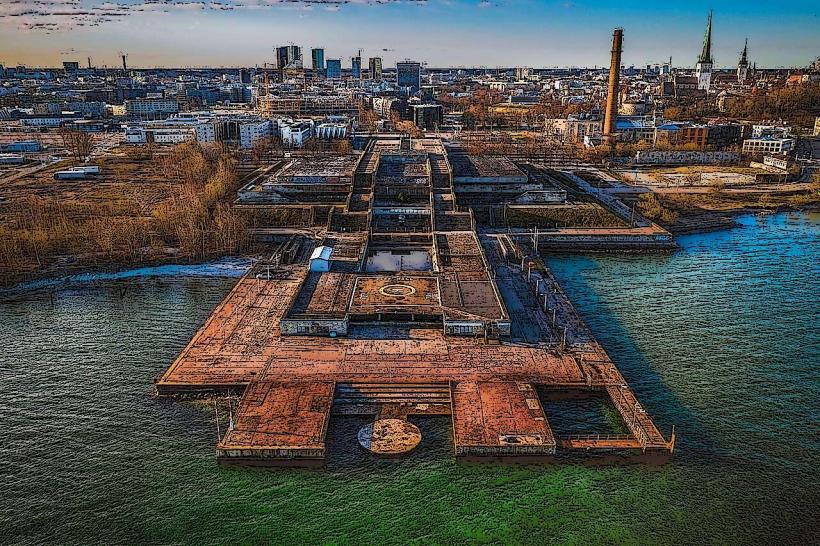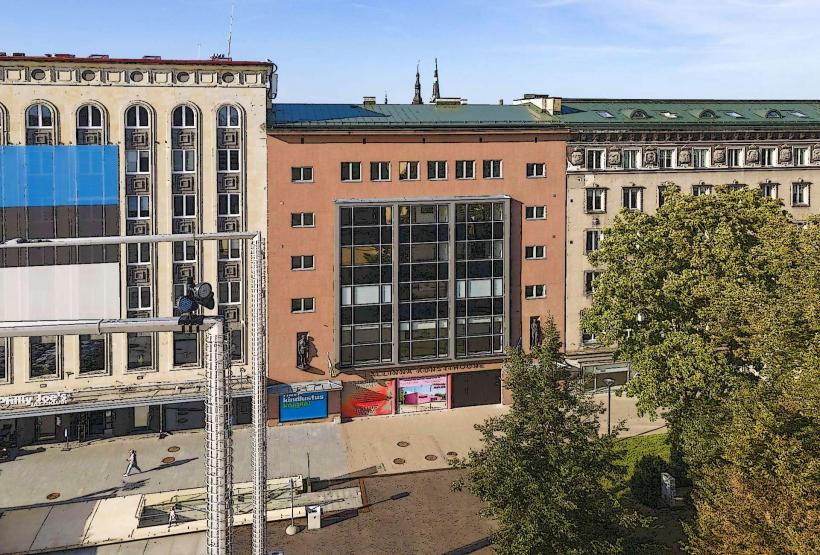Information
Landmark: Estonian Open Air MuseumCity: Tallinn
Country: Estonia
Continent: Europe
The Estonian Open Air Museum (Estonian: Eesti Vabaõhumuuseum) is one of Estonia's most significant cultural attractions, located in Tallinn. The museum offers a comprehensive look at Estonia's rural heritage, showcasing the traditional architecture, lifestyles, and customs of the country’s past. Set in a beautiful natural setting, the open-air museum invites visitors to explore Estonia’s rural history in an immersive and engaging way. Here’s a detailed overview of the Estonian Open Air Museum:
Historical Background
Foundation and Purpose:
- The Estonian Open Air Museum was founded in Open Air Museum in 1957 with the aim of preserving and showcasing traditional Estonian rural culture. The museum was designed to document the ethnographic history of Estonia, with a focus on rural life, farming, and traditional building practices.
- The museum began with the collection of authentic rural buildings and artifacts, and over time has grown into one of the country’s most important museums. It serves as a living history museum where visitors can learn about Estonia’s rural past.
Location:
- The museum is located in Rocca al Mare, about 15 minutes from Tallinn’s city center. It is situated on the edge of the Baltic Sea, surrounded by scenic nature and is a great way to escape the bustling city for a more tranquil setting.
Key Features and Exhibits
Traditional Buildings and Architecture:
The museum features over 70 historic buildings from across Estonia, including farmhouses, barns, windmills, chapels, and fishing huts, all relocated to the museum to preserve traditional architecture.
The buildings are arranged in a way that reflects different regions of Estonia, and many have been authentically restored to reflect the way people lived in the 18th to 20th centuries. Visitors can explore these buildings and see how people in rural Estonia used to live, work, and interact with their surroundings.
Key Architectural Highlights:
- Farmhouses: The traditional Estonian farmhouses are some of the most iconic buildings in the museum, with thatched roofs and wooden walls typical of rural Estonia.
- Windmills: There are several classic windmills in the museum, which were historically used for grinding grain. These windmills are important symbols of Estonia’s agricultural heritage.
- Fishermen’s huts: These structures showcase the traditional life of the coastal Estonians, focusing on fishing, a vital aspect of the country’s economy for centuries.
Traditional Crafts and Artisans:
- The museum is not only about buildings but also about the craftsmanship and skills that were a part of everyday life in rural Estonia. Visitors can watch traditional craftspeople at work, practicing skills such as weaving, blacksmithing, carpentry, pottery, and woodworking.
- The museum often hosts workshops and demonstrations where visitors can learn more about these traditional crafts, making it an engaging experience for those interested in history, culture, or hands-on activities.
Farming and Livestock:
- The museum also has a number of farm animals, such as cattle, pigs, sheep, and chickens, reflecting the importance of farming in traditional Estonian life.
- Visitors can learn about historical farming methods, including crops, tools, and livestock care, as well as how these practices contributed to the livelihoods of rural families. Some buildings are set up as working farms, where animals are kept and crops are grown in a traditional manner.
Cultural and Festive Traditions:
The Estonian Open Air Museum brings to life various folk traditions and festivals that were once celebrated in rural communities. The museum hosts events throughout the year, particularly during seasonal festivals such as Midsummer and Christmas. Visitors can experience traditional music, dance, food, and crafts as they would have been celebrated in rural Estonia.
Traditional Festivals:
- Midsummer’s Eve: A popular event in Estonia, celebrated at the museum with folk songs, dances, and the lighting of bonfires.
- Christmas Celebrations: The museum celebrates Christmas with a special emphasis on how rural Estonians prepared for and celebrated the holiday, including traditional foods, music, and decorations.
Themed Sections:
- The museum’s buildings and exhibits are divided into different thematic sections, reflecting the various aspects of rural life:
- Coastal Life: This section highlights the fishermen’s villages and coastal culture, featuring homes and tools used by people who lived by the sea.
- Farm Life: This area showcases the agricultural life of rural Estonians, with traditional farmhouses, barns, and workshops that demonstrate everyday farming activities.
- Urban Life: In addition to rural life, the museum features sections that highlight the influence of urban culture on rural communities, especially in the transition from the 19th to the 20th century.
Nature and Surroundings:
- The museum is set in a beautiful, natural environment with walking paths, forests, and scenic views of the Baltic Sea. The outdoor setting complements the museum’s exhibits and allows visitors to enjoy the peace and tranquility of nature while learning about Estonia’s rural heritage.
- The Rocca al Mare area also has a rich history as a farming district, and the museum grounds are designed to enhance this connection to the land and traditional farming culture.
Visitor Experience
Interactive Displays:
- The Estonian Open Air Museum is designed to be interactive, with hands-on activities, traditional workshops, and displays that encourage visitors to engage with the past. This makes it a family-friendly destination, offering educational and fun experiences for children and adults alike.
Guided Tours:
- The museum offers guided tours in various languages, providing in-depth information about the exhibits and the significance of the buildings and traditions on display. A guided tour is a great way to gain a deeper understanding of Estonia’s rural past and its impact on modern life.
- Audio guides are also available for those who prefer to explore the museum at their own pace.
Seasonal Events:
- The museum hosts a variety of seasonal events and festivals that are tied to Estonia’s agricultural and cultural calendar. These events often feature traditional performances, workshops, food, and activities for children.
- Some of the key events include Midsummer celebrations, Christmas markets, and Easter festivities, offering a chance to experience traditional Estonian holiday customs and crafts.
Family and Educational Programs:
- The museum is especially appealing for families, with interactive exhibits and workshops designed for children. Children can participate in activities like making bread, learning to weave, or helping with farm chores.
- The museum also offers educational programs for schools, making it a popular destination for school trips and group visits. These programs focus on topics such as traditional craftsmanship, history, and Estonian culture.
Why Visit the Estonian Open Air Museum?
Authentic Experience: The museum offers a hands-on, immersive experience of traditional Estonian rural life. The combination of real buildings, artifacts, and living history makes it one of the most engaging and authentic museums in Estonia.
Cultural Insight: Visitors can gain a deep understanding of Estonia’s cultural heritage, including its rural traditions, agriculture, craftsmanship, and festivals, making it a must-visit for anyone interested in the country’s history.
Family-Friendly: With its interactive exhibits, family-friendly activities, and seasonal events, the Estonian Open Air Museum is perfect for families looking for a fun and educational experience.
Scenic Setting: Set in a beautiful natural environment by the sea, the museum provides a peaceful and relaxing atmosphere for visitors to explore and enjoy the outdoors.
The Estonian Open Air Museum offers a unique and engaging way to learn about Estonia’s rural heritage. With its wide array of traditional buildings, interactive exhibits, and seasonal events, it provides a memorable experience for anyone interested in Estonia’s history, culture, and way of life.

